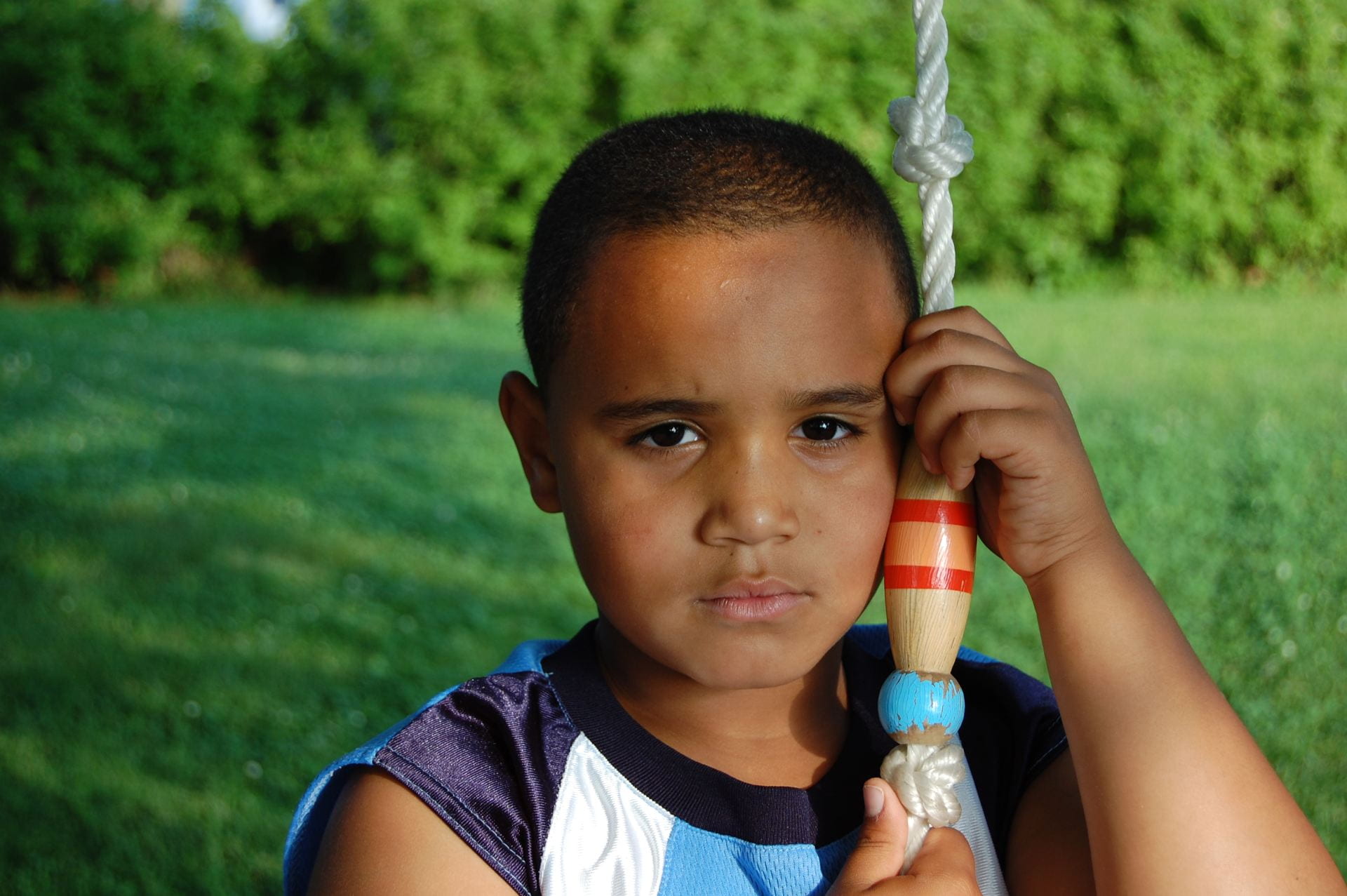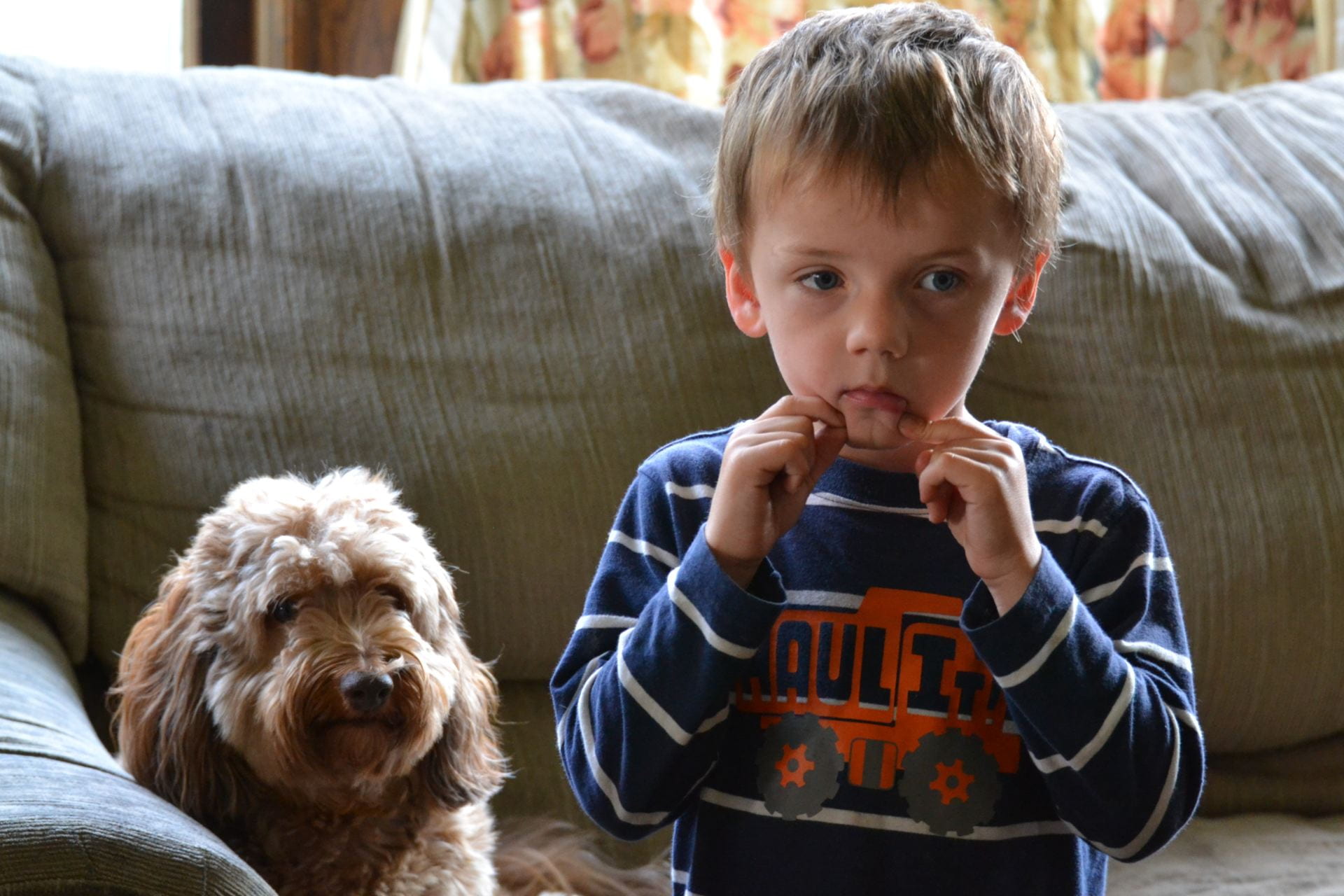by Marie Miguel

Collective guilt is a phenomenon that has impacted societies over time. The idea of collective responsibility means that we (as a society) feel responsible for hurting a group of people. It typically connects with tragic events such as genocides. One country or people feel bad about a tragic event. Why does collective guilt happen? It occurs when members of society feel that their actions are hurting others.
Syria and collective guilt
One example of collective guilt is when the United States deliberately neglected hundreds of thousands of individuals in Syria. After this occured many people in the United States felt guilty. The United States has an extremely extensive history of neglecting different cultures. A prime example is the Native Americans. When the United States was colonized, Native Americans were abused and murdered in their own land. The guilt our people felt did not occur until centuries later. As a result of the collective guilt and responsibility, our people feel for what we’ve done to the Native Americans, we teach children about their culture in schools. We assume cultural responsibility for what we’ve done to them by owning the fact that we hurt their people and took away their land.
The Holocaust
The same goes for the Holocaust and what happened to the Jewish people in Europe. Many Jews were murdered by the Nazis and Americans watched this happen. We did fight against what was happening to Jews in Germany, however, it was too late in some ways. By that time millions of Jews had already died at the hands of the Nazis. Americans did not intervene to try to help in a way that millions of Jews of their plight of death. Collective guilt has a strong association with neglect and not taking action, it is deliberate neglect. It’s standing by while something awful happens and doing little or nothing to stop it.
Studies about collective guilt
There are studies where the authors of the research focused on historical victimization. In these studies, they are concerned about the emotional responses to genocide or societal tragedy. In one study Americans experienced less collective guilt when they were harming citizens in Iraq during the period of September 11th. That time period was challenging for the world’s population. Many cultures struggle with knowing how to feel. Collective guilt was a common emotion during this time.
Vulnerable groups and collective guilt
One thing to recognize about collective guilt is that it has perpetuated stigma amongst many cultural groups during history. For example, consider the Jews during the Holocaust in Germany. In the states, people felt bad about what was happening to the Jews across the sea. Despite this, the Jewish people were stigmatized as bad and murdered by the Nazis. The responsibility for this terrible event didn’t take place until years later. Christians were able to rationalize anti-Semitism during this era and many others. The current administration has put collective guilt on Mexicans and demanded that we build a wall to keep them out of the states. He has put collective guilt on Muslims labeling them terrorists. Collective guilt as well as scapegoating contribute to a larger problem, which results in genocide and other cultural intolerance and discrimination.
What can we do to change collective guilt?
As a nation, we need to be mindful of when we are able to take action and recognize how we can help different cultures with their struggles and challenges. We need to remember not to be egocentric and recognize that we’re part of a larger collective: the world. Everybody deserves to have a good life, and it’s not good to turn a blind eye when you see people of other nations suffering. So if we can mobilize and help people rather than turning around and pretending that no one’s hurting that’s what can stop this situation from continually occurring.
Letting go of guilt
Guilty feelings can be intense. If you’re feeling the weight of guilt, you’re not alone. Many people feel conflicted and guilty of a plethora of reasons. Some people feel guilty about hurting their friends, loved ones or their partner. It’s difficult to let go of guilt whether that’s collective guilt or if you’re feeling guilty as an individual. When you feel guilty about something, it’s usually because you don’t want to let others down. It can be difficult to let go of guilty feelings, particularly if you have not worked through them. One of the best ways to do this is by talking to a therapist. Whether you work with a therapist in your local area or find an online counselor to help you process these guilty feelings. Whatever your challenges are, you can get help in therapy. Guilt is something that can cause us distress, whether it is collective or individual. But you can get the help you need to stop feeling guilty and start getting better.
Marie Miguel has been a writing and research expert for nearly a decade, covering a variety of health-related topics. Currently, she is contributing to the expansion and growth of a free online mental health resource with BetterHelp.com. With an interest and dedication to addressing stigmas associated with mental health, she continues to specifically target subjects related to anxiety and depression.


